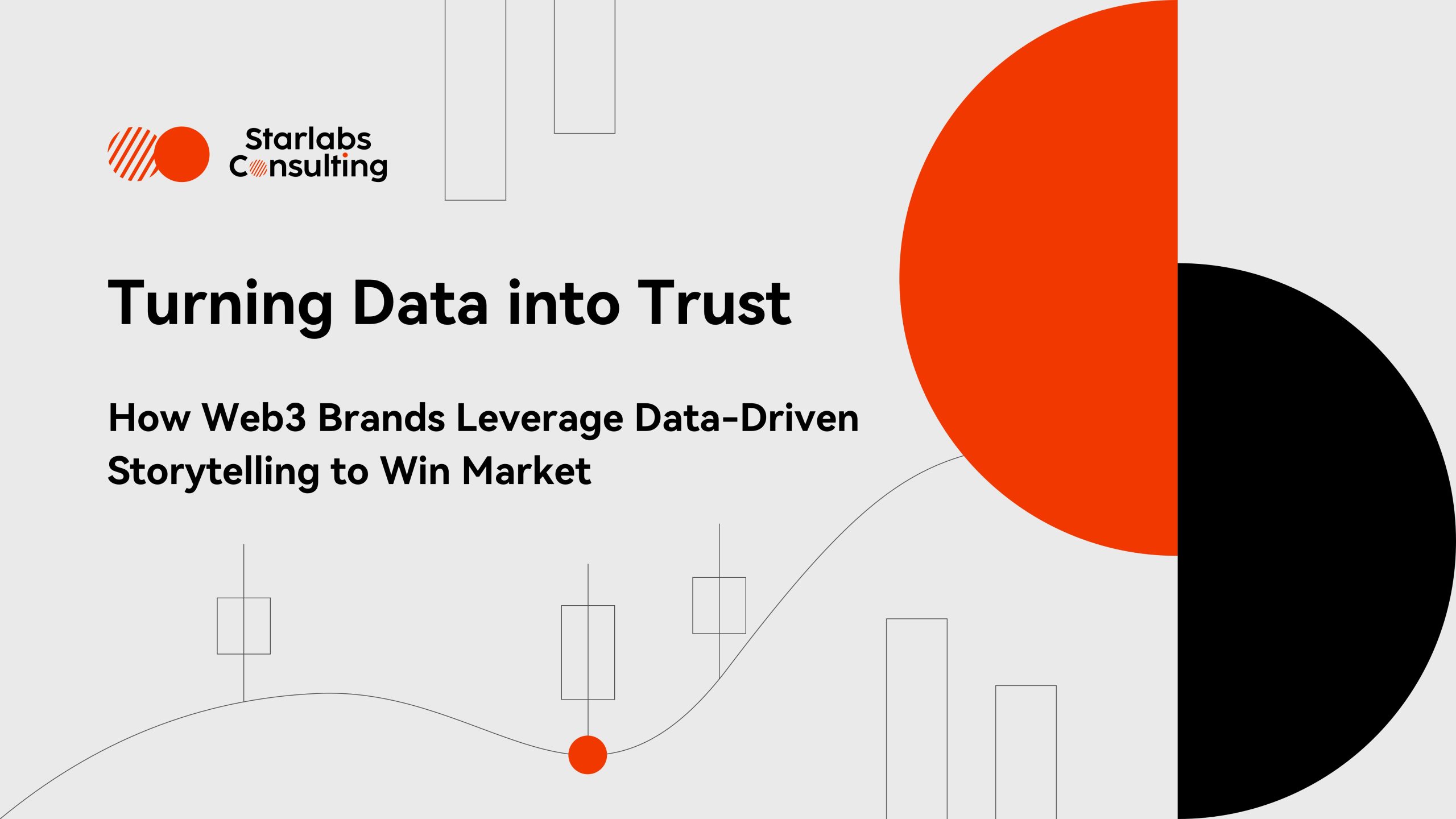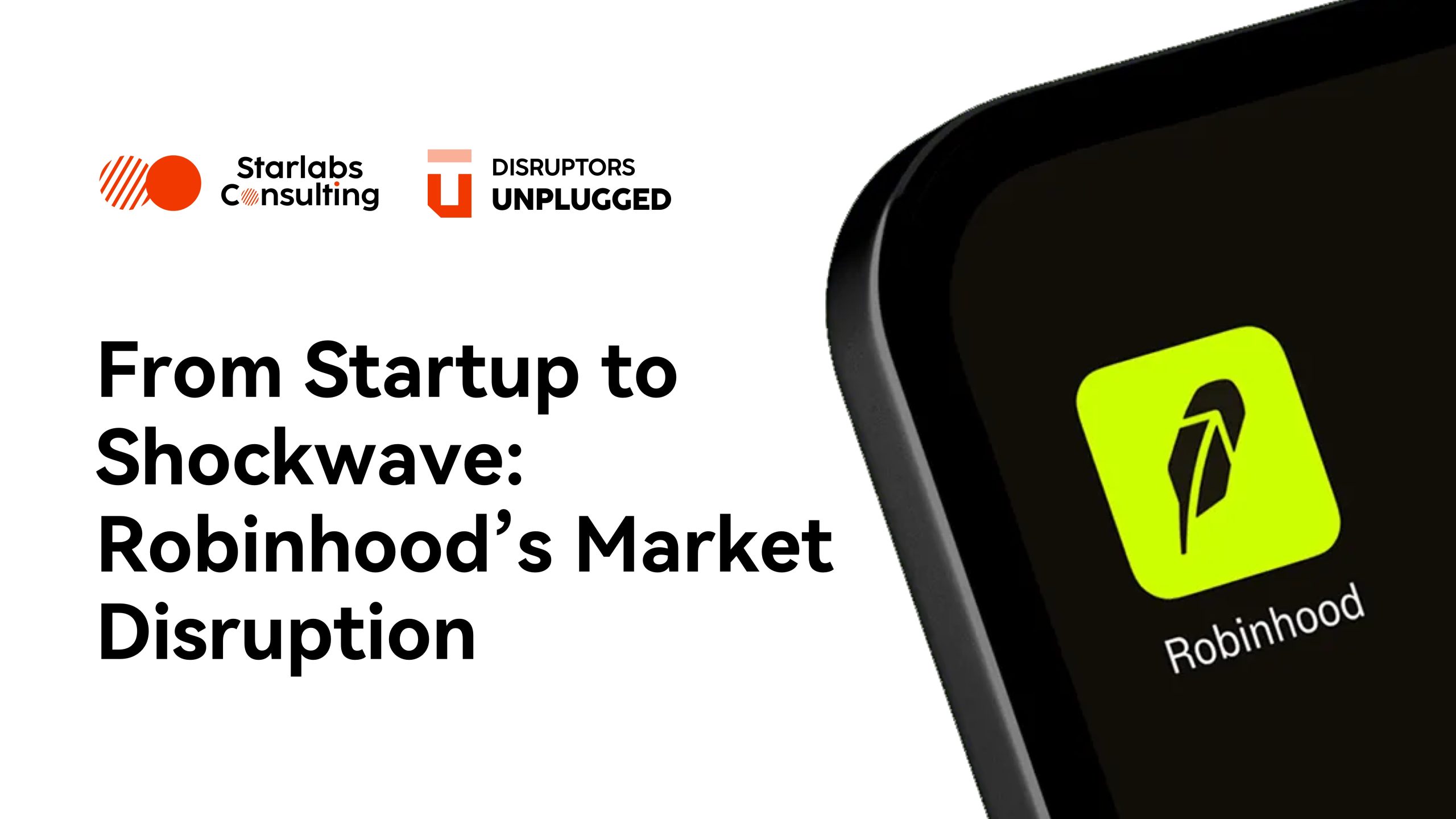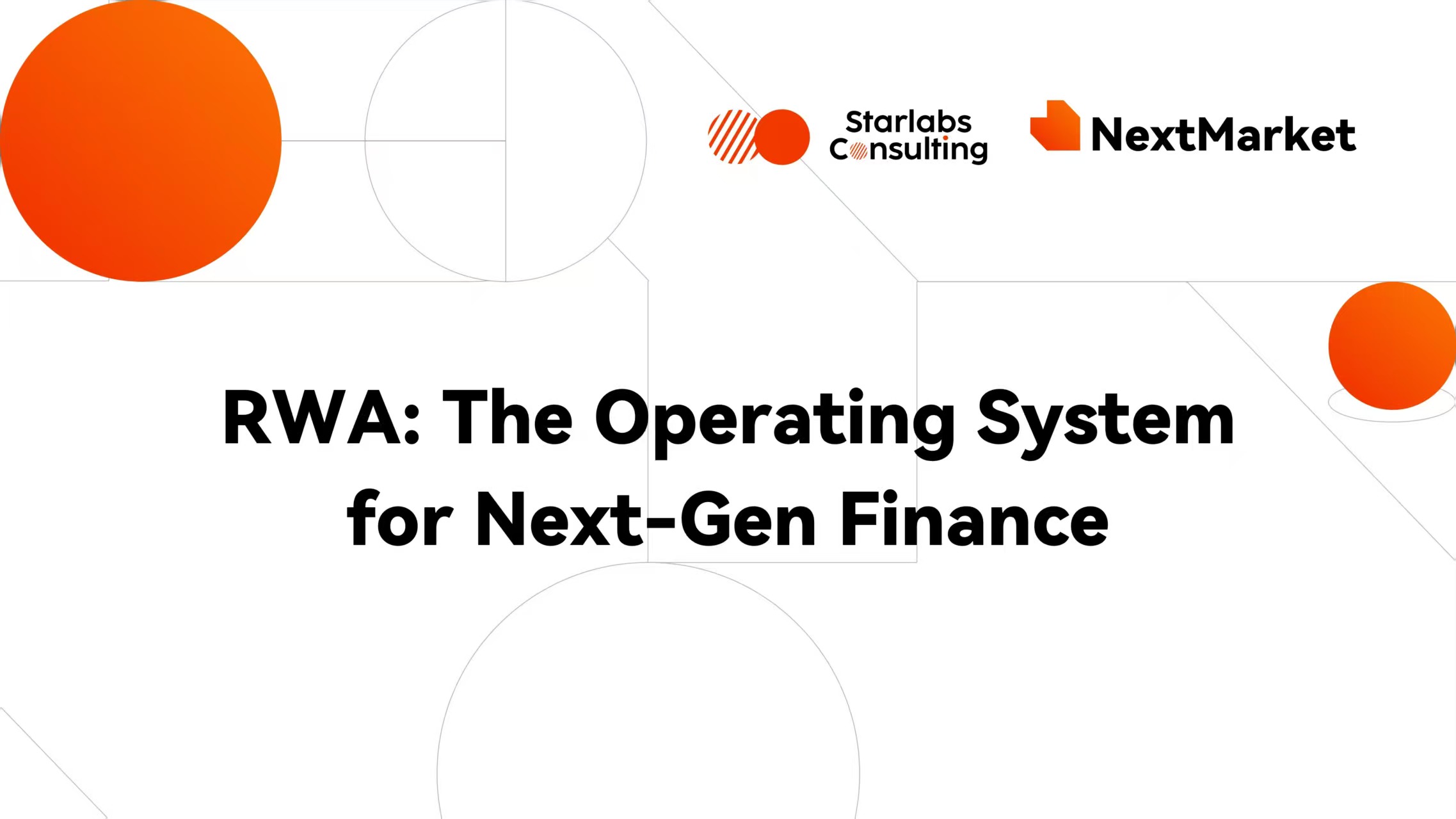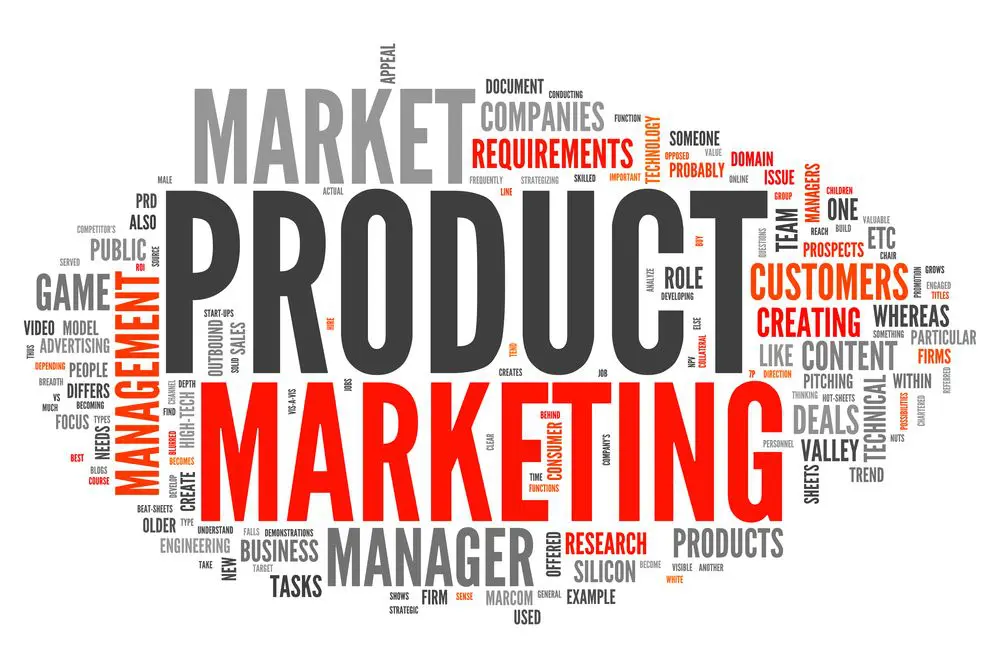
From Innovation to Adoption: Product Marketing & PR Strategies for Disruptive Technologies
In disruptive technology, if you don’t tell your story, someone else will — and you may not like their version.

Introduction
In the fast-evolving world of disruptive technologies — from blockchain and AI to decentralized finance — the gap between what innovators build and what the market understands can be enormous.
Product Marketing is the bridge that closes that gap. It ensures groundbreaking products are not just launched, but adopted, trusted, and championed. When combined with a strong Public Relations (PR) strategy, it becomes a force multiplier — shaping perception, accelerating adoption, and even defining entire industries.
What is Product Marketing?
Product Marketing is the strategic function that connects product innovation to market readiness. It is not just about “selling” — it’s about educating, positioning, and building credibility.

In the disruptive tech sector, Product Marketing typically includes:
- Market Education – Translating complex technologies into clear, relatable value for target audiences.

- Positioning & Messaging – Articulating unique selling points that differentiate from incumbents and emerging competitors.
- Go-to-Market Execution – Coordinating launches, community engagement, and adoption campaigns.
- PR Integration – Leveraging media coverage, thought leadership, and events to amplify reach and trust.
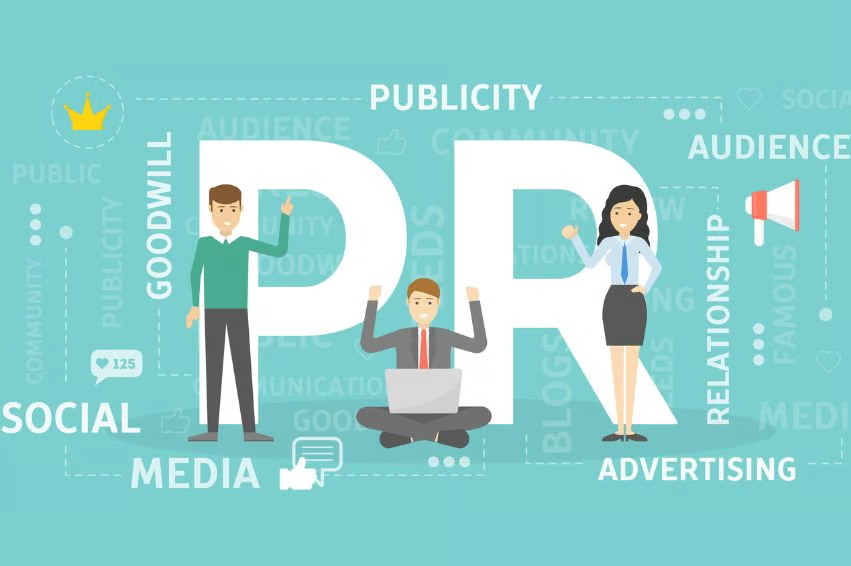
Why It Matters in Disruptive Tech
Innovations in this sector often outpace mainstream understanding, and adoption faces unique hurdles:
- Education Gap – Early adopters and mainstream users need to understand the “why” and “how.”
- Risk Perception – Users and investors are wary of unproven solutions.
- Narrative Control – Without proactive storytelling, competitors or the media may define the conversation for you.
- Trust Building – PR helps establish authority, credibility, and market legitimacy.

Starlabs Note: Product Marketing is the engine that powers adoption — PR is the fuel that keeps it running.
How to Execute Product Marketing with PR
1. Own the Narrative
- Define a future vision where your product is indispensable.
- Use simple language, vivid analogies, and real-world examples.
- Ensure message alignment across marketing, sales, and PR teams.

2. Target Early Adopters
- Identify innovators, niche communities, and high-influence segments.
- Offer exclusive beta programs or pilot opportunities.
- Turn early adopters into brand advocates through co-marketing.
3. Make PR a Growth Engine
- Media Relations: Secure targeted coverage in both industry and mainstream outlets.
- Thought Leadership: Position executives as voices of authority via op-eds and panels.
- Event Presence: Speak at global summits, host side-events, and participate in hackathons.
- Crisis Preparedness: Have rapid-response messaging for regulatory or reputational challenges.
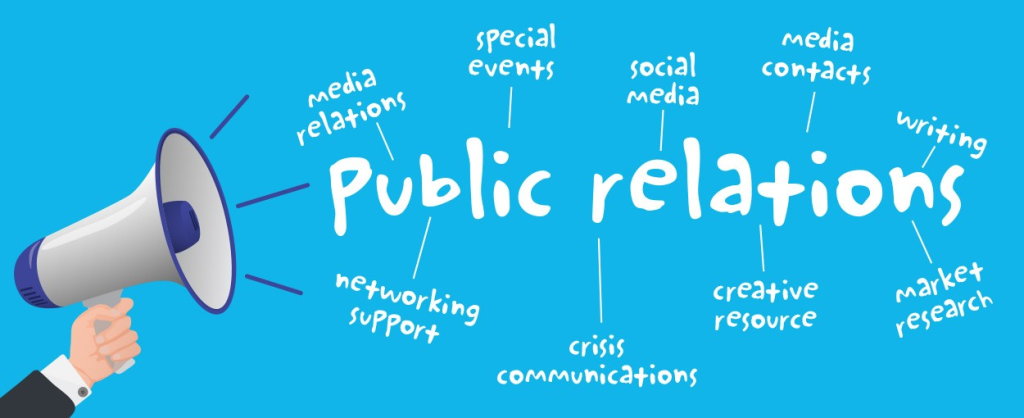
4. Layered Marketing Campaigns
- Educational Content: Whitepapers, explainer videos, webinars.
- Social Proof: Case studies, awards, and endorsements.
- Community Engagement: AMAs, online forums, and ambassador programs.
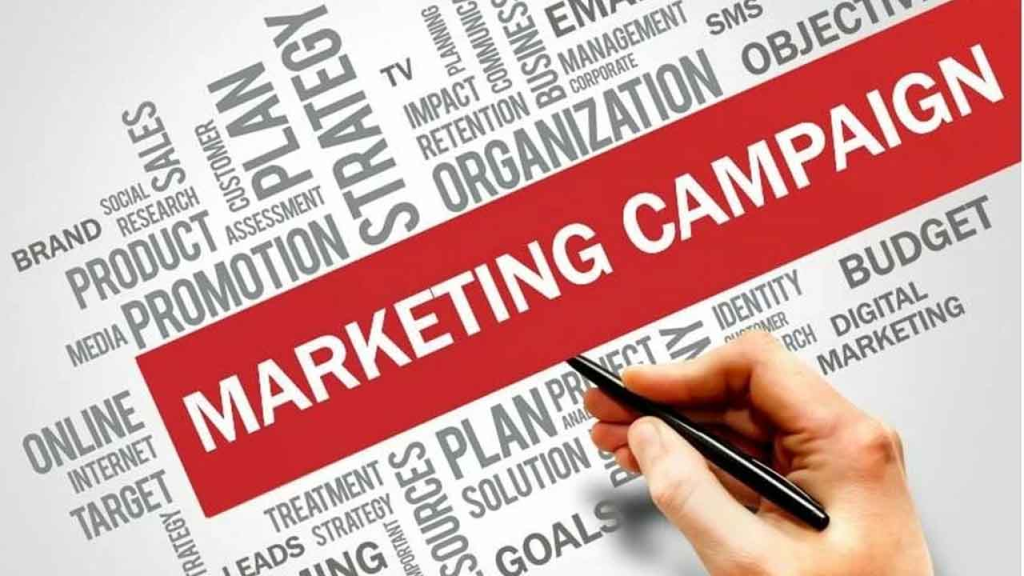
Case Studies: Lessons from Industry Leaders
Binance – Speed, Scale, and Ecosystem Expansion

Launched in 2017, Binance rose to global dominance by moving faster than its competitors.
- Execution: Expanded beyond an exchange into a full ecosystem — Binance Smart Chain, NFT marketplace, DeFi services — creating a network effect that reinforced its market position.
- PR Impact: Global sponsorships (including major sports deals) and localized campaigns helped Binance break into mainstream consciousness.
- Lesson: In volatile sectors, speed-to-market combined with consistent messaging can secure both market share and mindshare.
Robinhood – Mainstreaming Finance Through Bold Narrative
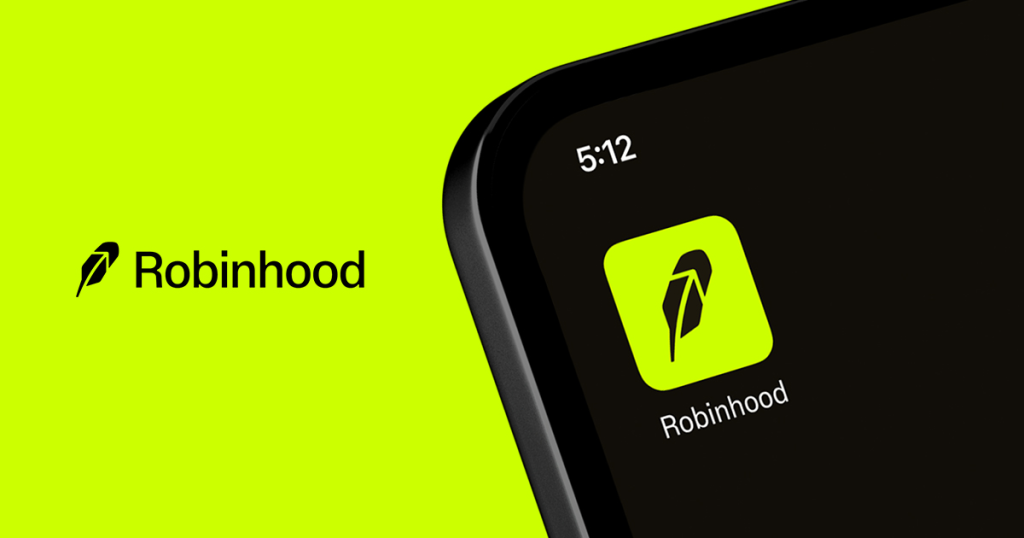
Robinhood disrupted traditional brokerage with commission-free trading, framed around the mission “Investing for Everyone.”
- Execution: Targeted first-time investors with a user-friendly app, gamified features, and relatable lifestyle marketing.
- PR Impact: During the GameStop short squeeze, Robinhood became a cultural flashpoint. Even amid controversy, its name became synonymous with financial democratization.
- Lesson: A strong, values-driven narrative can ignite viral awareness — but demands robust PR and reputation management.
Coinbase – Trust as a Differentiator

Coinbase positioned itself as the most compliant and secure gateway to digital assets.
- Execution: Highlighted licenses, security audits, and insurance coverage in marketing. Simplified UX to appeal to risk-averse users.
- PR Impact: Publicized milestones, including its NASDAQ listing, to reinforce legitimacy.
- Lesson: In high-risk industries, trust is not just a byproduct — it’s a marketable feature and a long-term competitive moat.
Conclusion
In the world of disruptive technologies, Product Marketing is not optional — it’s the foundation of market success. Integrated with a strong PR strategy, it becomes the driver that moves a product from innovation to adoption, from niche to mainstream.
Starlabs Note: Great technology changes what’s possible — great Product Marketing ensures the world takes notice, understands, and embraces it.


